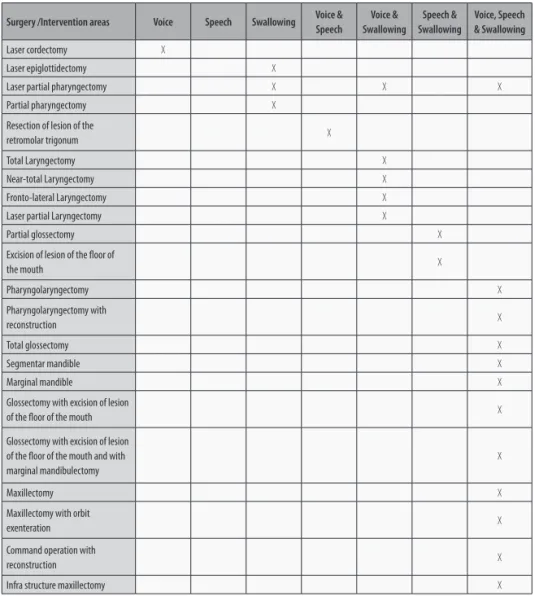HEAD AND NECK CANCER: CONTRIBUTION FOR THE ANALYSIS OF THE REHABILITATION NEEDS
Texto
Imagem




Documentos relacionados
Neste trabalho o objetivo central foi a ampliação e adequação do procedimento e programa computacional baseado no programa comercial MSC.PATRAN, para a geração automática de modelos
Ousasse apontar algumas hipóteses para a solução desse problema público a partir do exposto dos autores usados como base para fundamentação teórica, da análise dos dados
tween MTR A2756G polymorphism and the risk for head and neck cancer and a higher frequency of carriers of the G allele variant in men with head and neck cancer
In the present study, the allele and genotype distribu- tion of the -1154G/A VEGF polymorphism in patients with head and neck cancer was in close agreement with that reported
As críticas mais frequentes a ele são: trata-se de mais um dos projetos faraônicos gestados pelo regime militar durante o milagre econômico; consumiu volumosos recursos por ordem
decrease as compared to Ti, reaching an ~80% reduction when a longer spacer was used (Ch_AHA_Nt-Dhvar5 and Ch_GG_Nt- Dhvar5) (p < 0.05). These two Dhvar-bearing surfaces did
The probability of attending school four our group of interest in this region increased by 6.5 percentage points after the expansion of the Bolsa Família program in 2007 and
In a previous study of head and neck cancer cases, the positive rate of HPV was 10% in patients with oral cavity cancer, 83.2% in those with oropharyngeal cancer, and 44.4% in those

